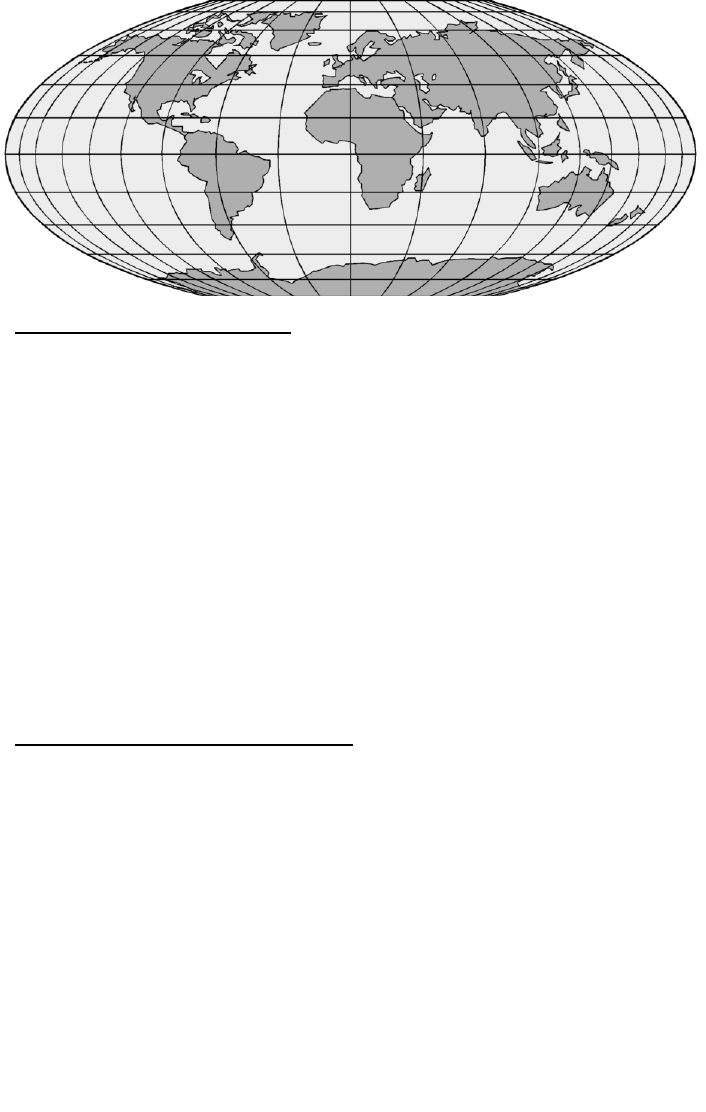
SR2 – 4
INTRODUCTION TO THE SR2
The SR2 is a single-conversion superheterodyne receiver designed
specifically for listening to AM broadcasting stations in the range of 4 to 19.5
MHz. Because of this "superhet" design, your favorite foreign broadcasting
services will come in loud and clear, with pleasing audio sound quality, with
a minimum of overload, frequency drift or heterodyne whistles. Because of
this broadcast oriented design, other shortwave signals such as Morse code
(CW), single-sideband (SSB) voice communications and some Teletype
signals will usually sound like garbled hisses. On the other hand, similarly
inexpensive receivers designed for CW and SSB can give only marginal
performance in receiving broadcast stations due to the lack of
superheterodyne design. For example, our popular Ramsey direct-
conversion receivers for the 40,30 and 20 Meter Amateur bands will also
pick up AM broadcast stations, but you'll mainly hear their strong AM
"carrier" signal due to the lack of the superheterodyne circuitry. Even if such
a carrier is tuned to a "null," listening fidelity is less than desirable.
WHAT YOU CAN EXPECT TO HEAR
First, let's take a look at what is POSSIBLE to hear on your SR2. The
following are the international shortwave broadcasting bands within its
tuning range:
4.750-5.060 MHz. (Lower power, regional "tropical" broadcasting)
5.950-6.200 MHz (Late evening)
7.100-7.300 MHz. (Late afternoon, early evening) (This band is always
shared with the 7.0-7.3 MHz Amateur Radio Band)
9.500-19.500 MHz. (Always "something" on, 24 hours a day!)
Especially strong signals include these, among others:


















